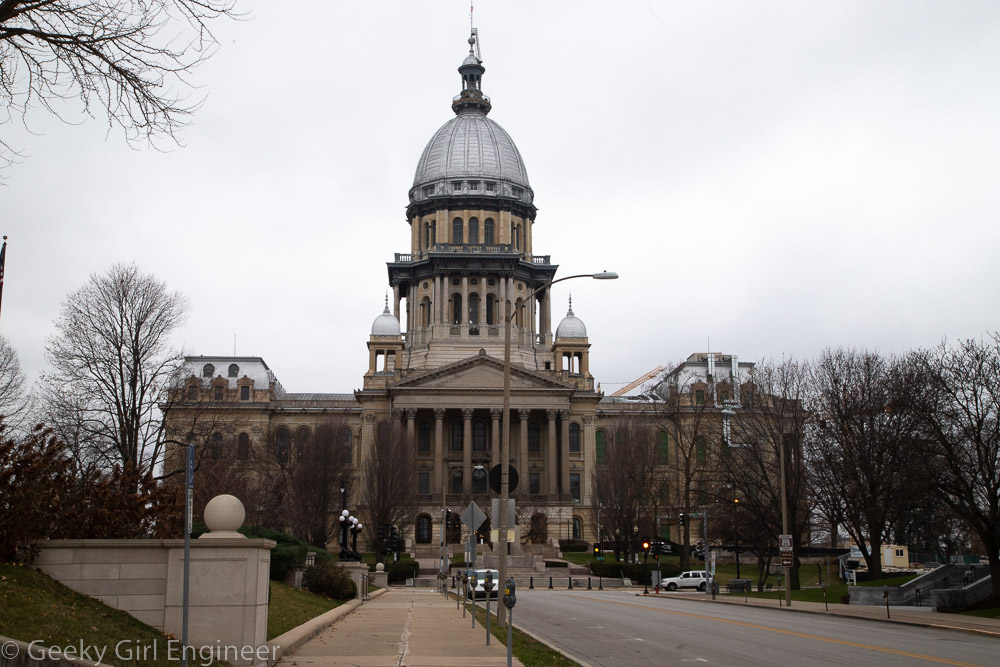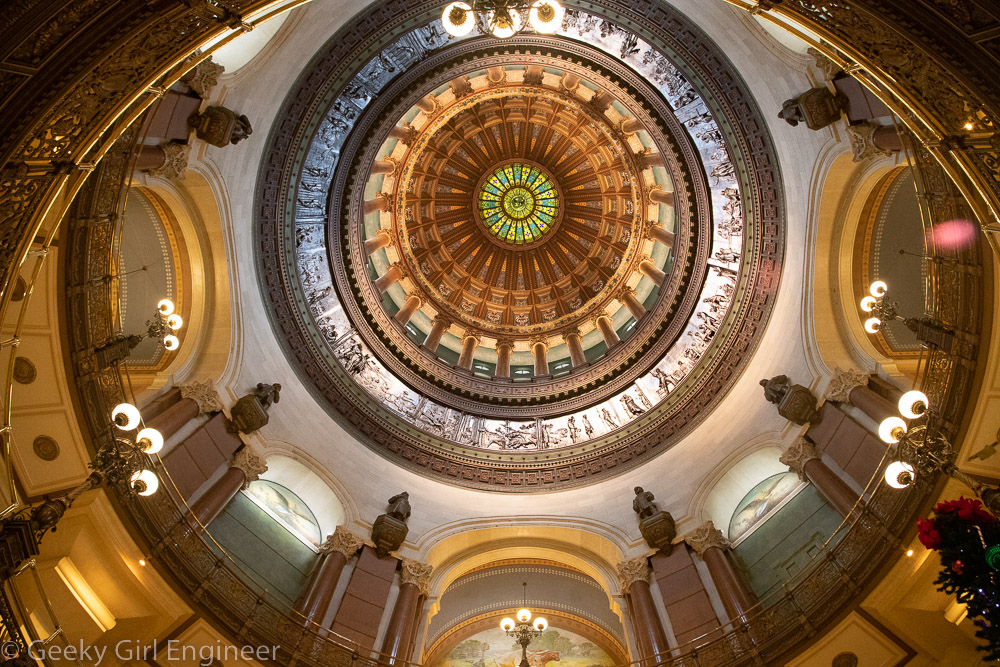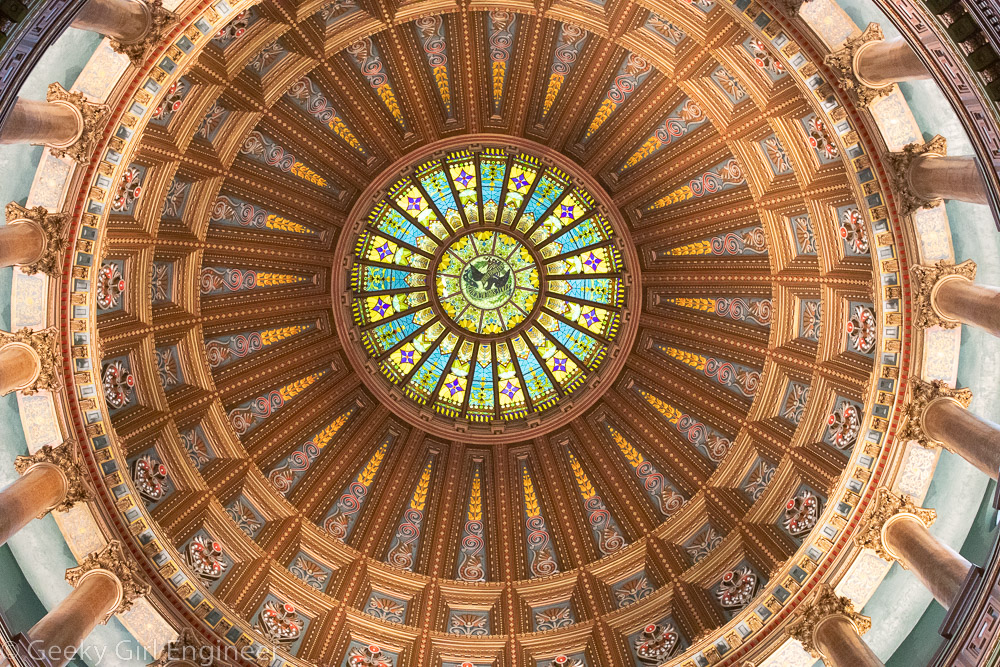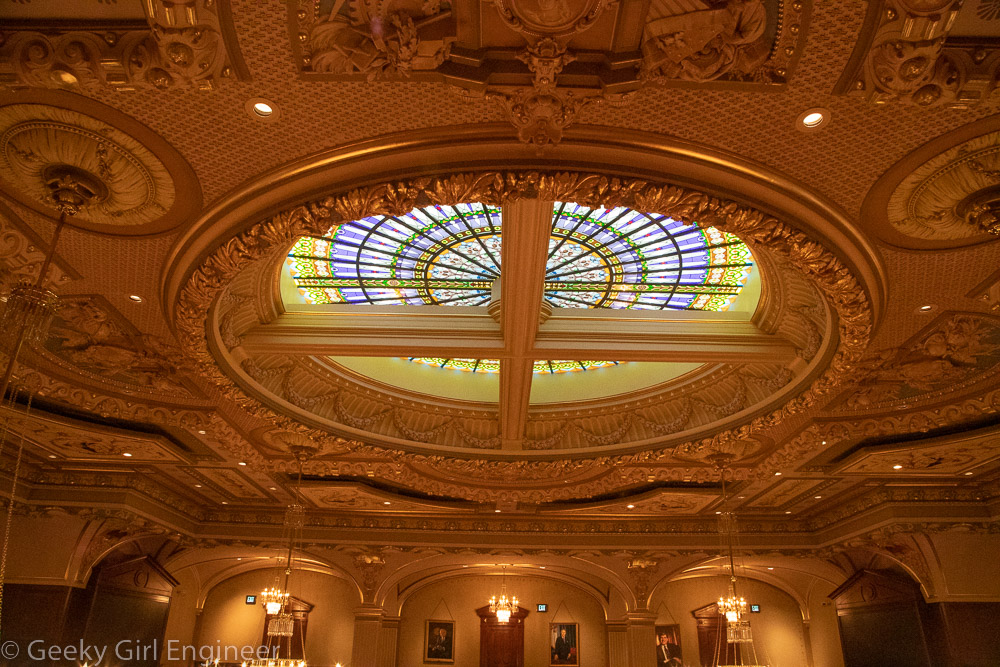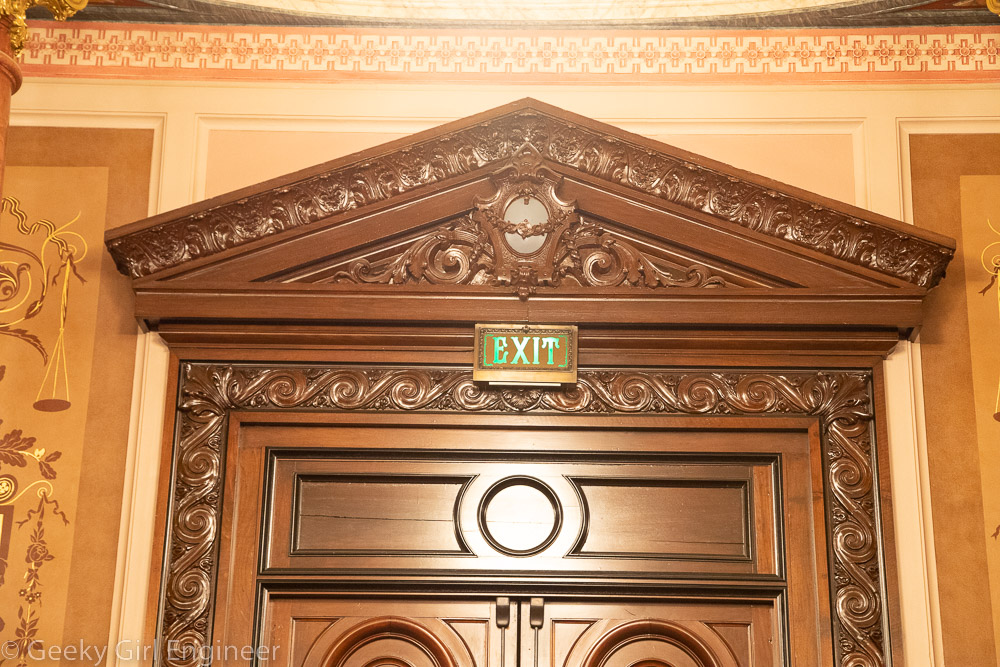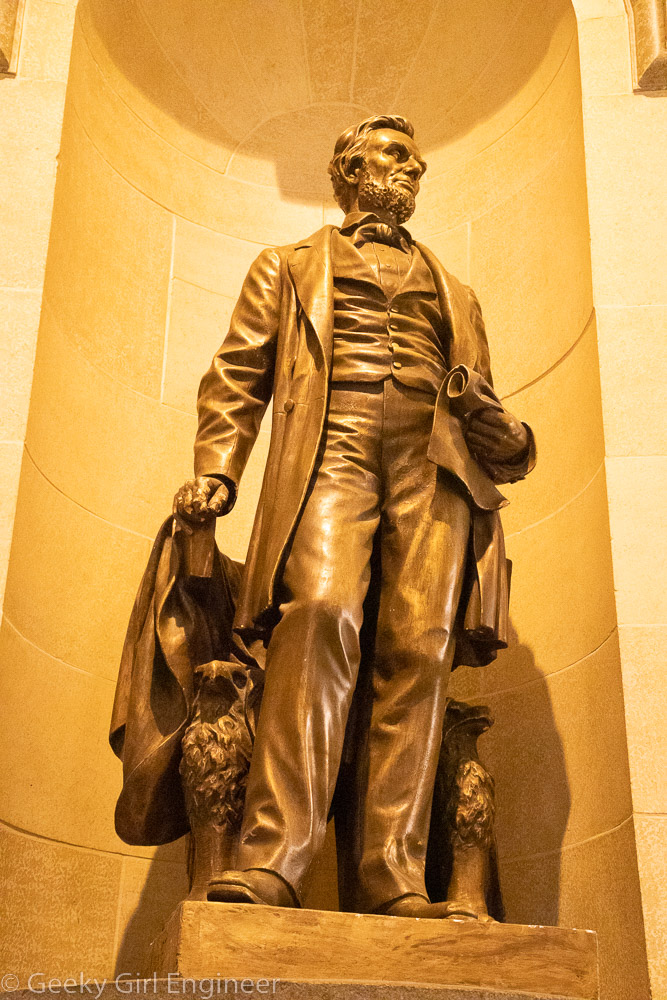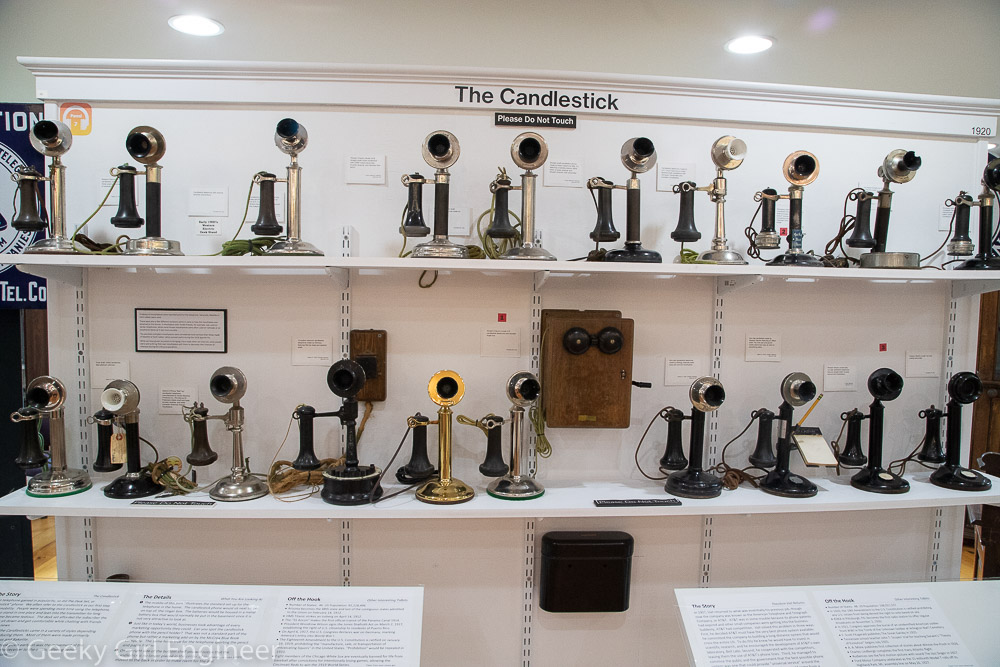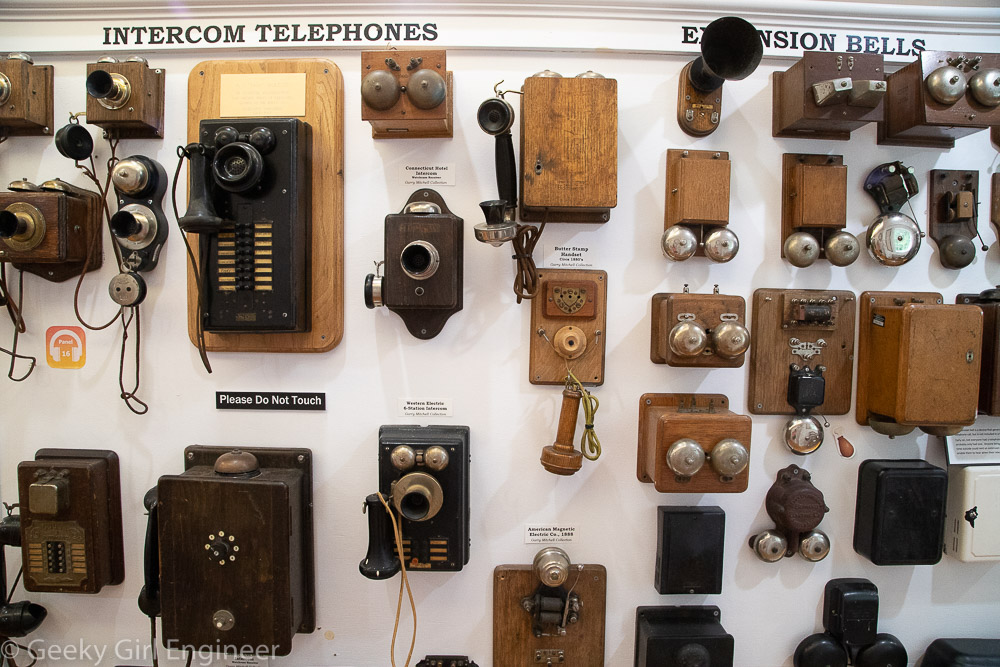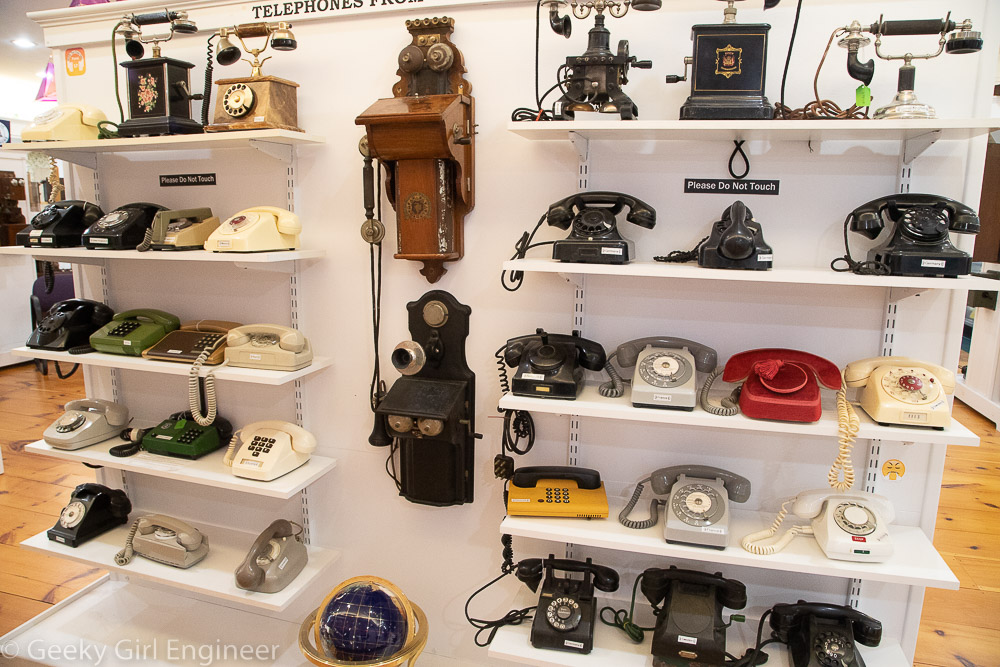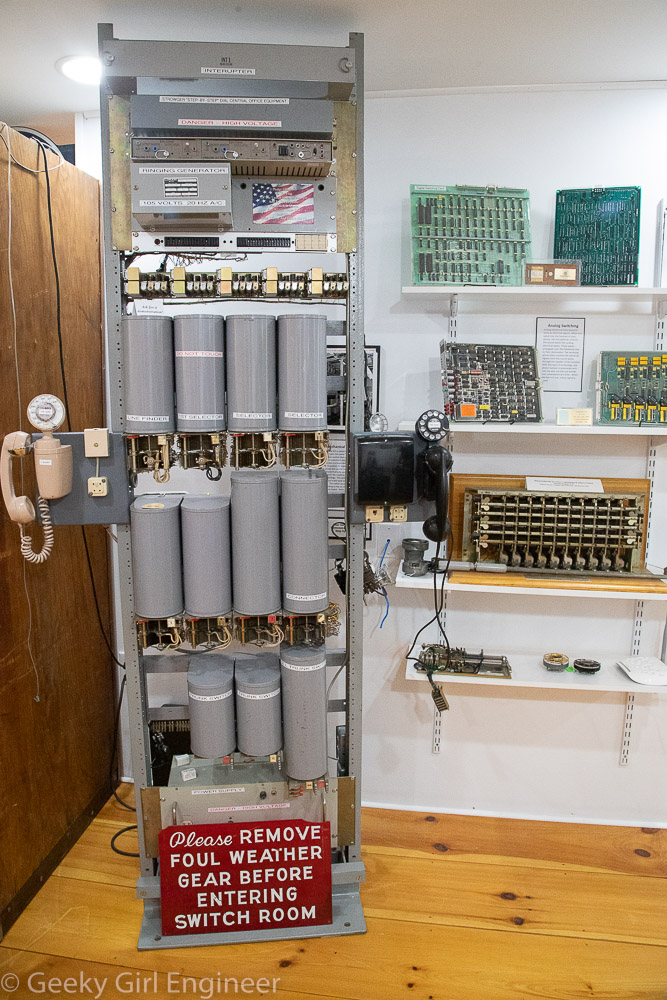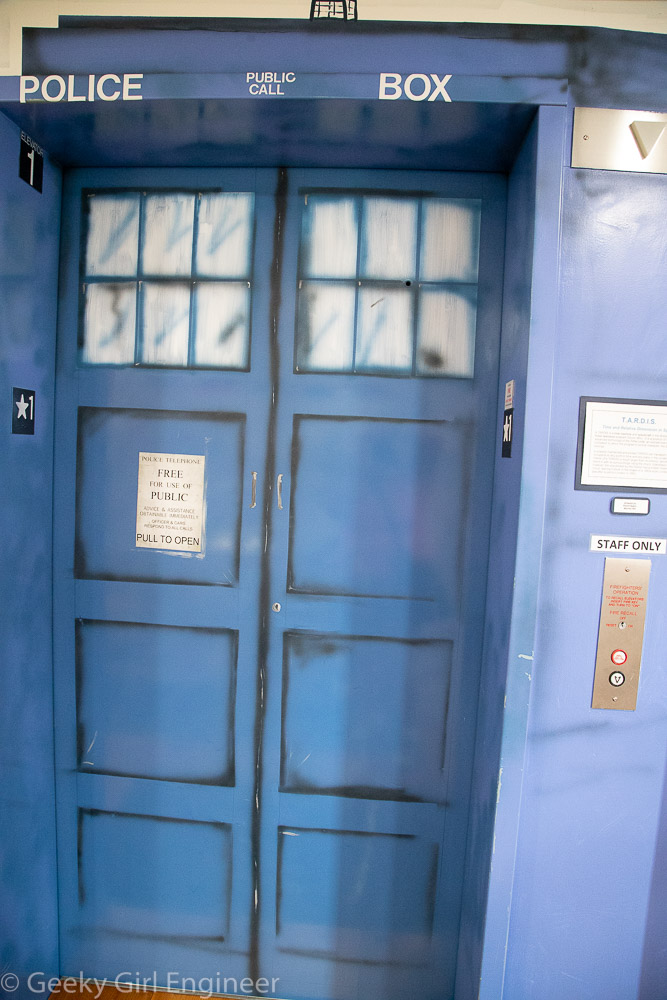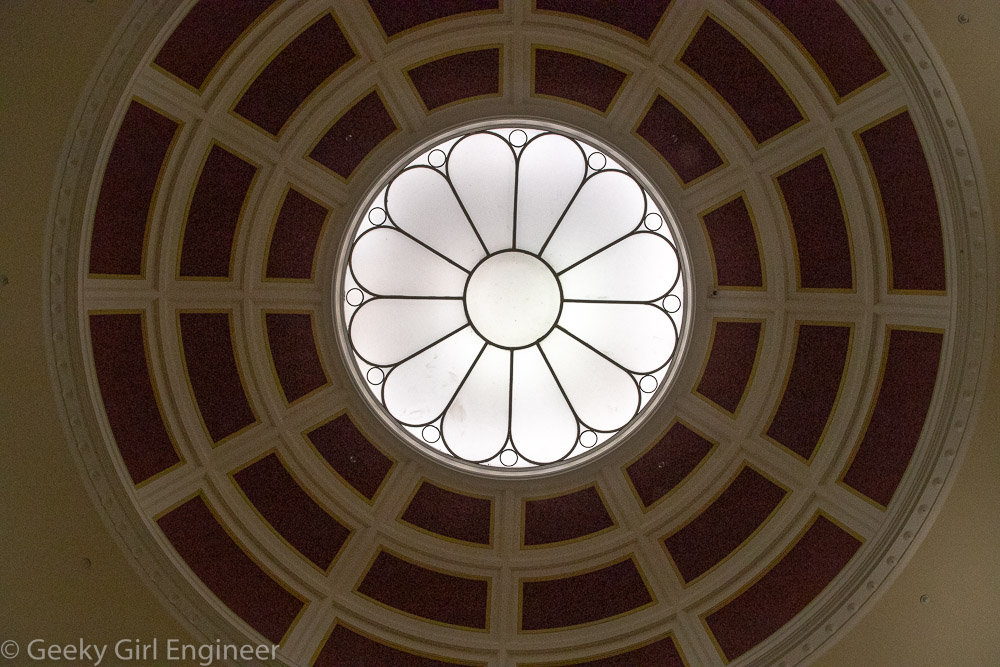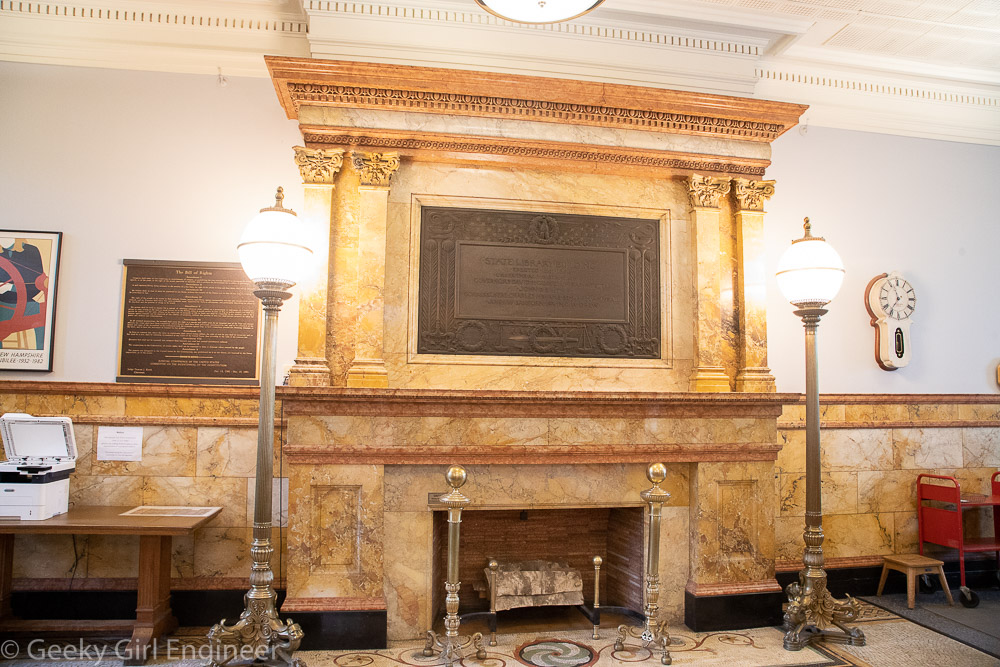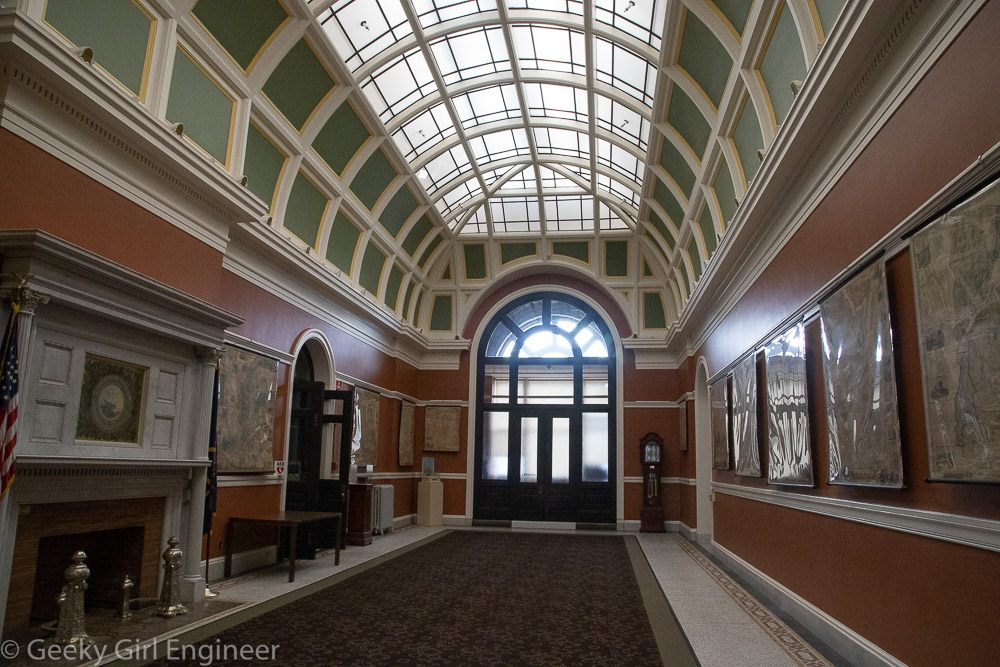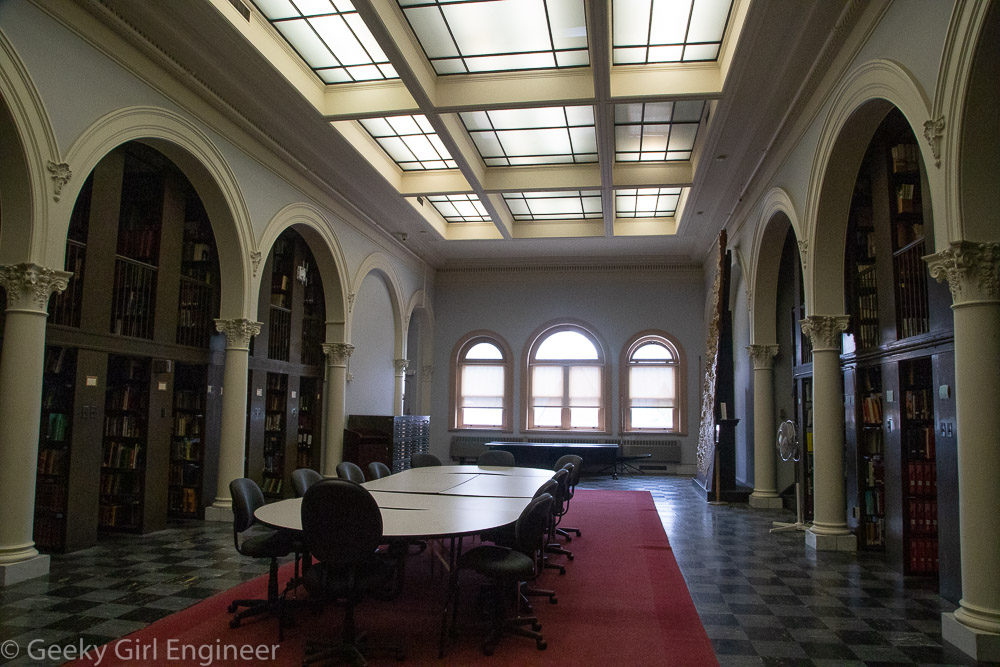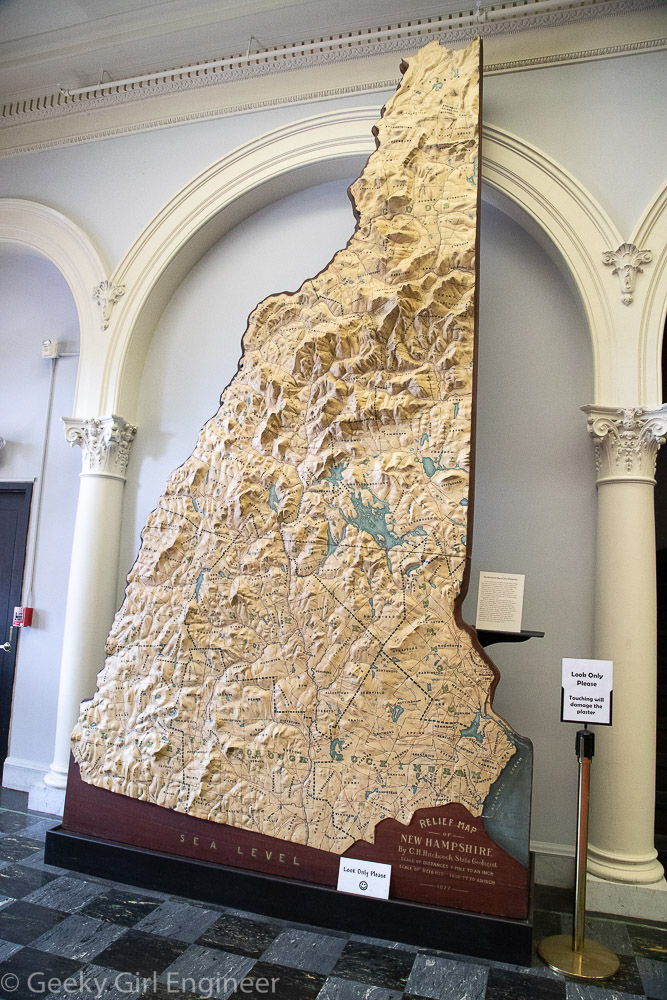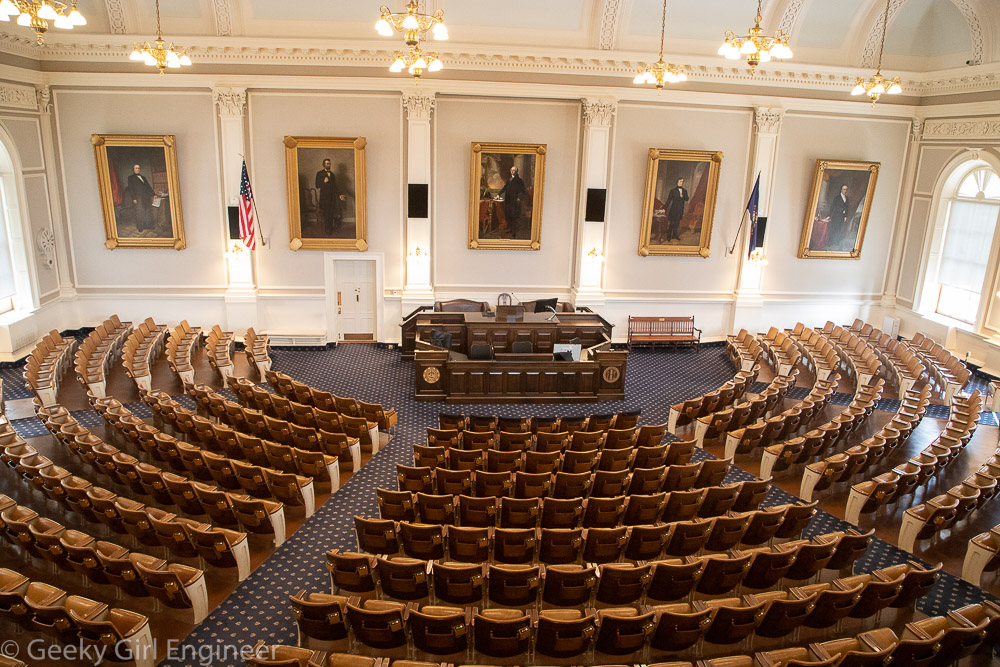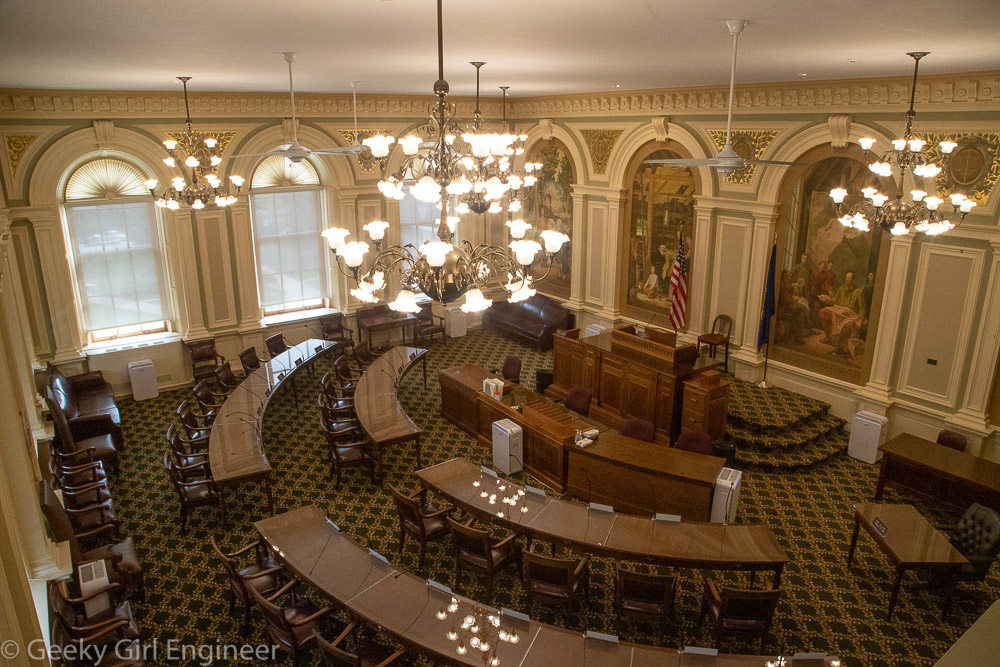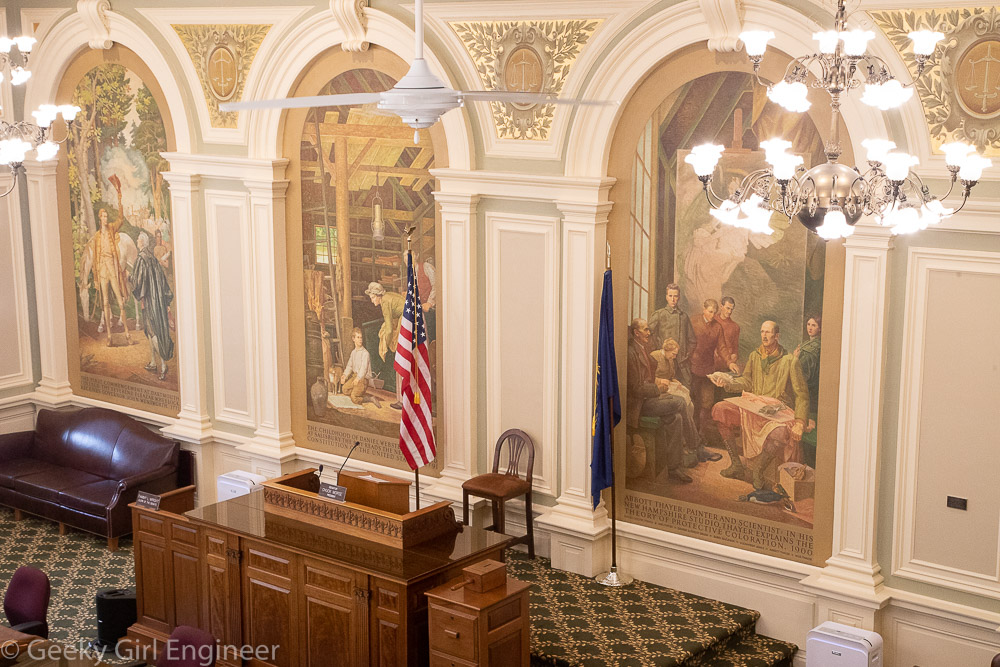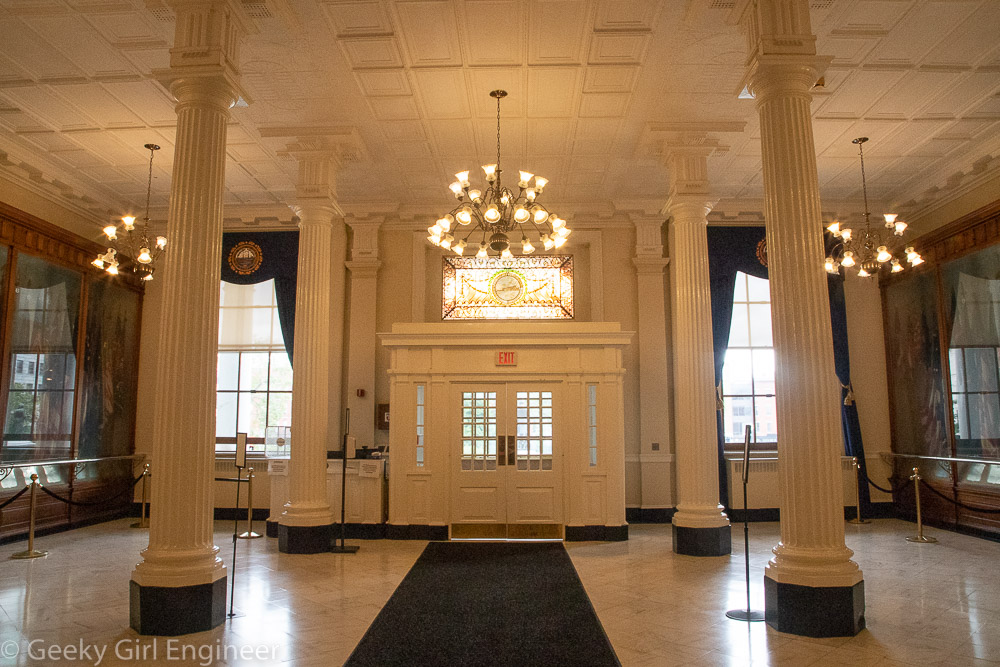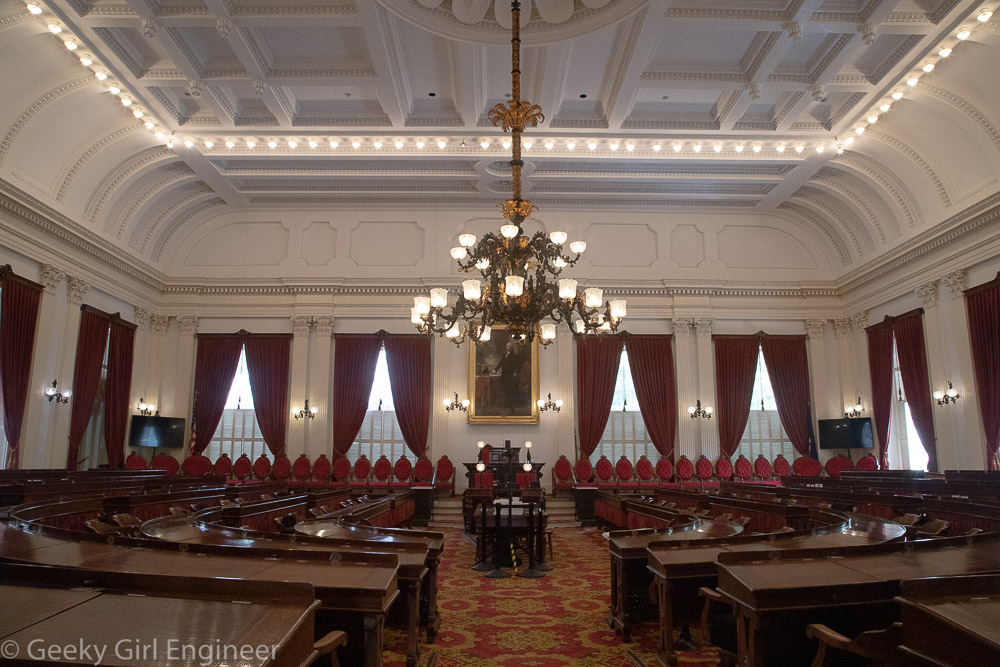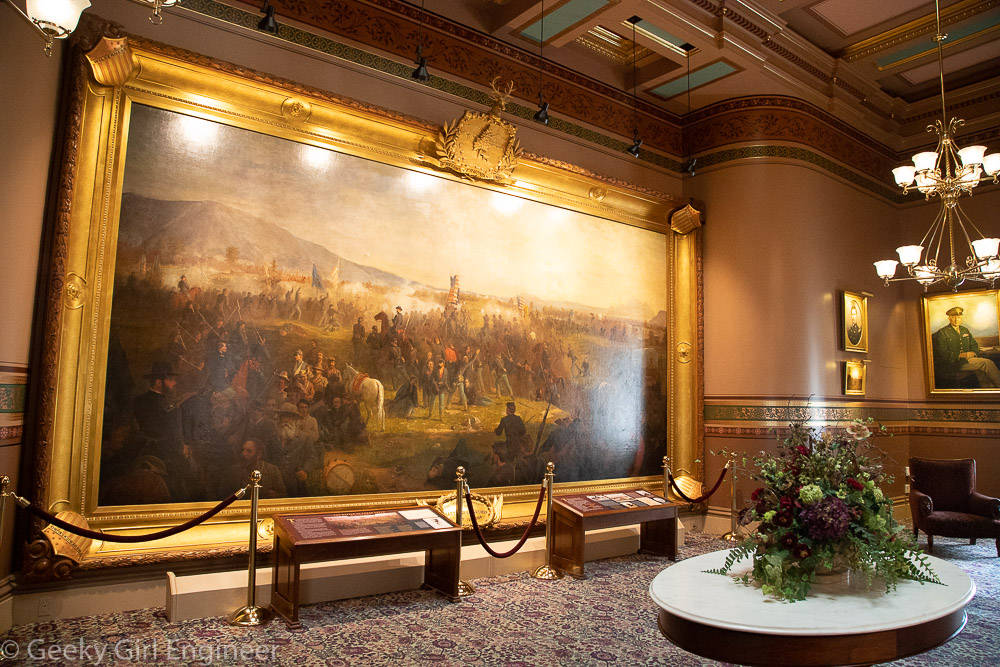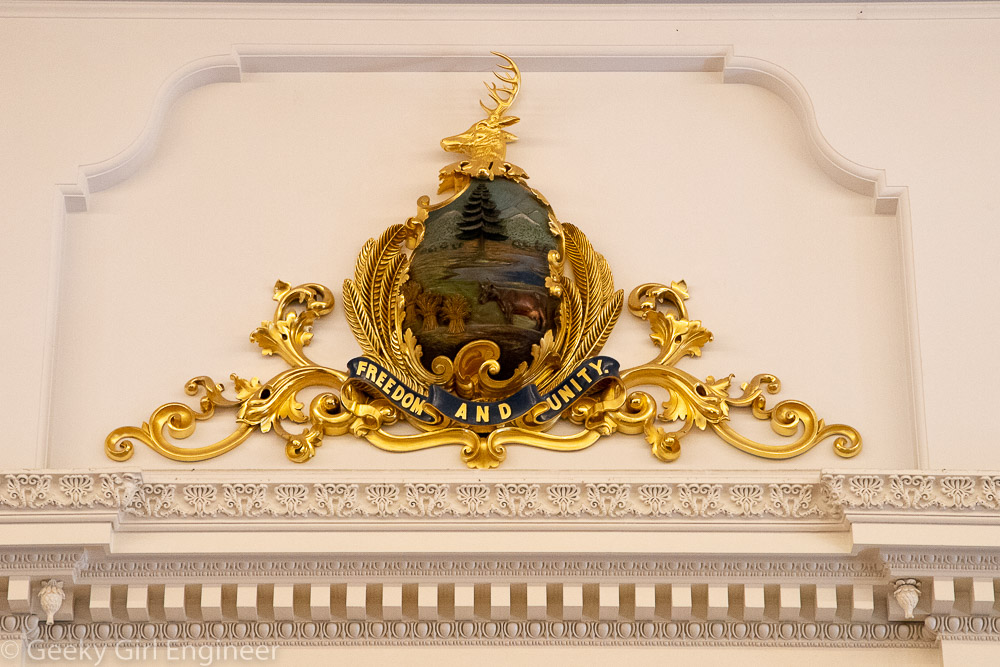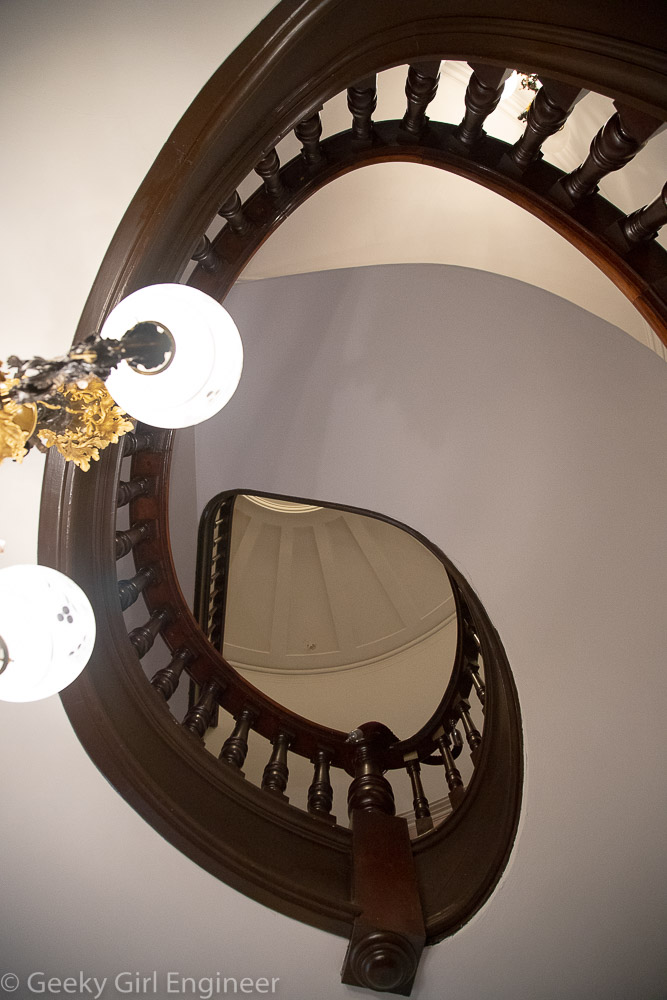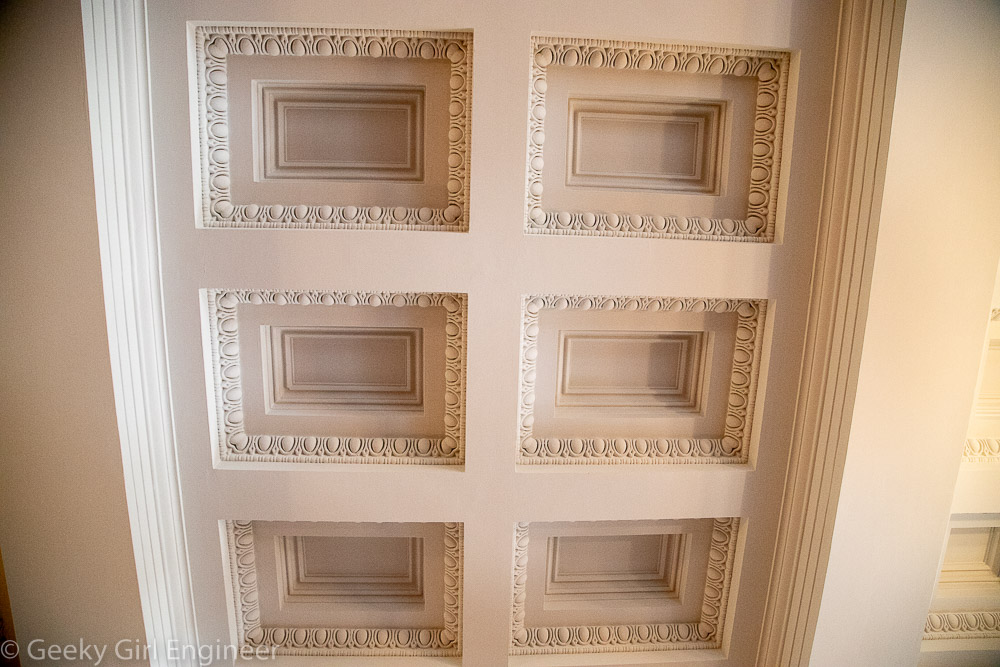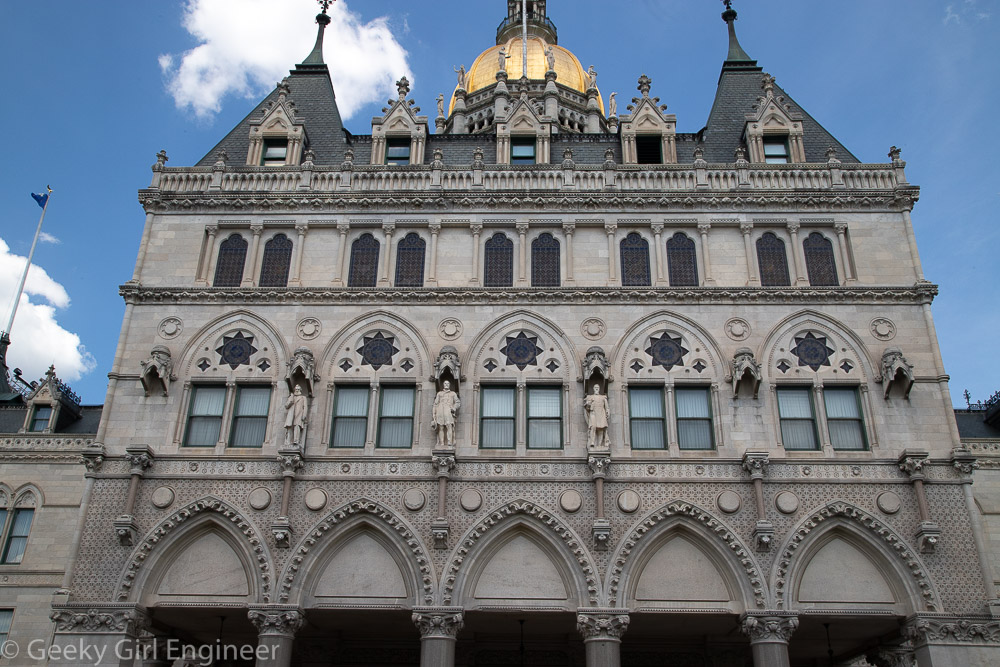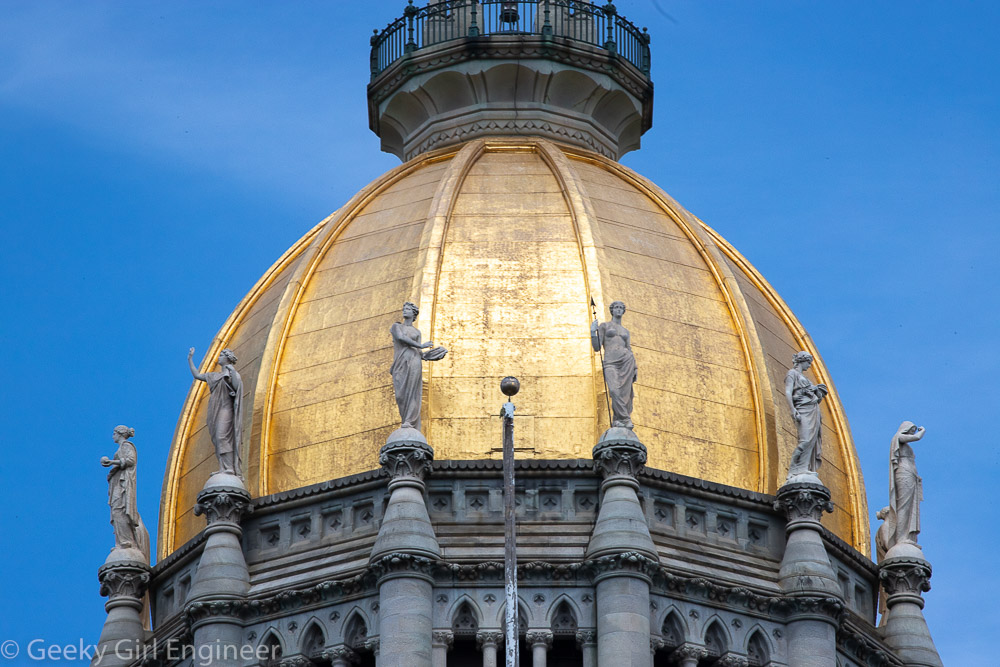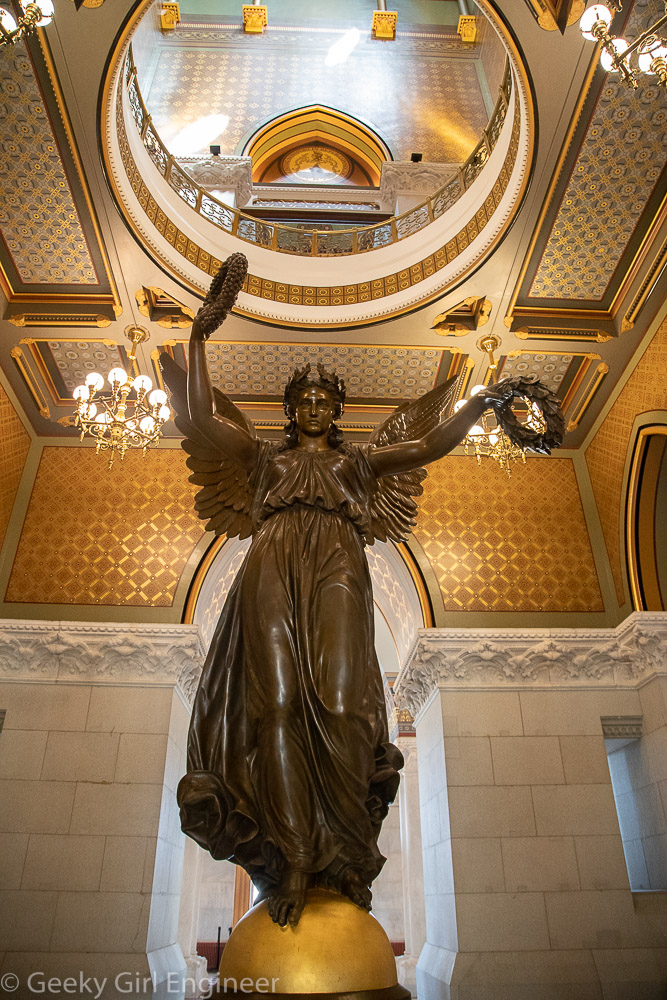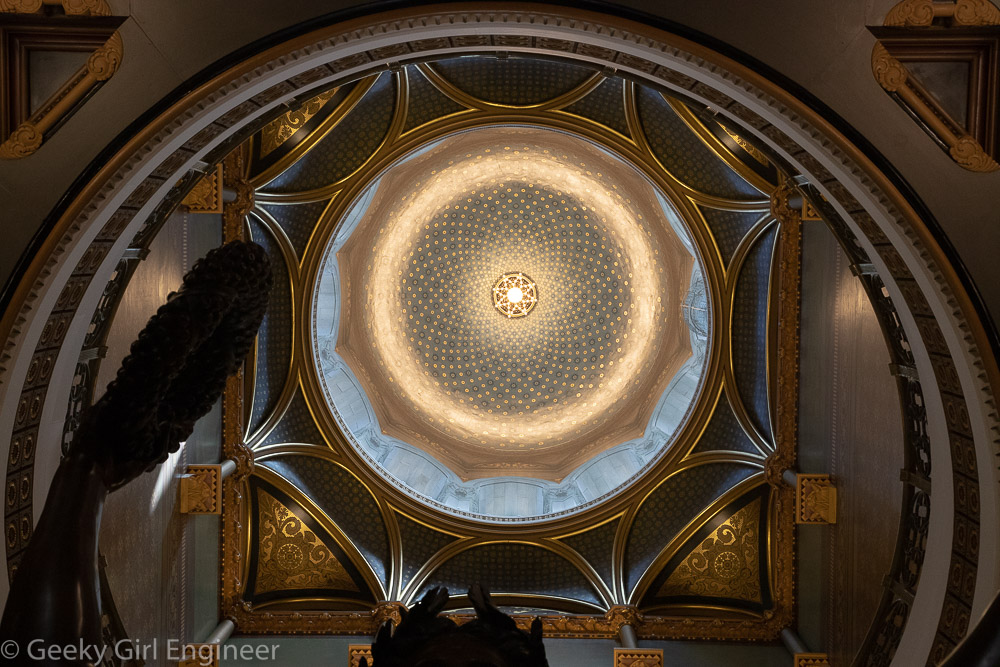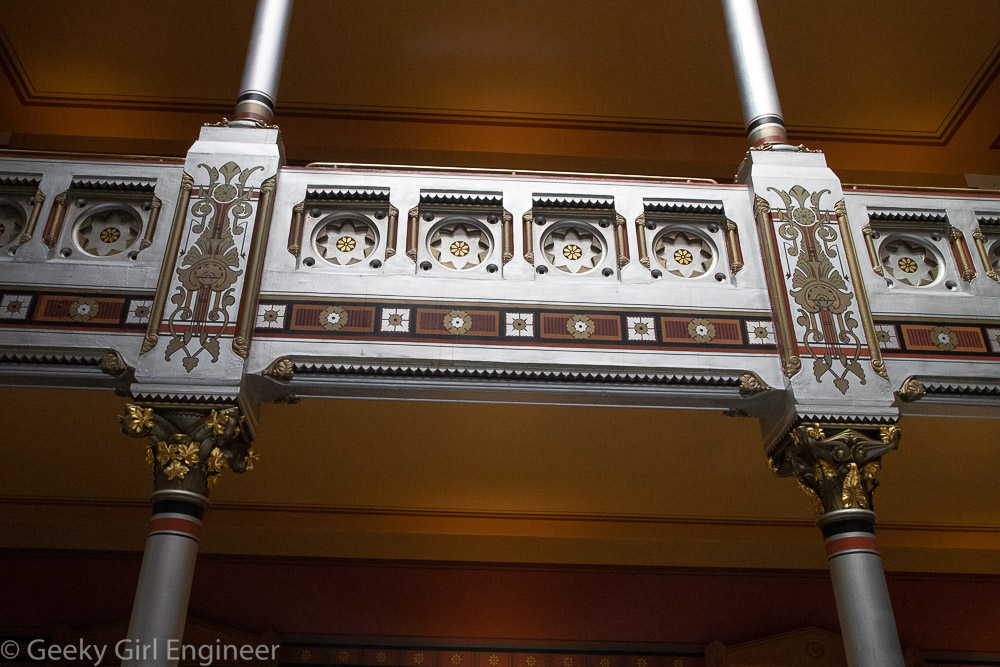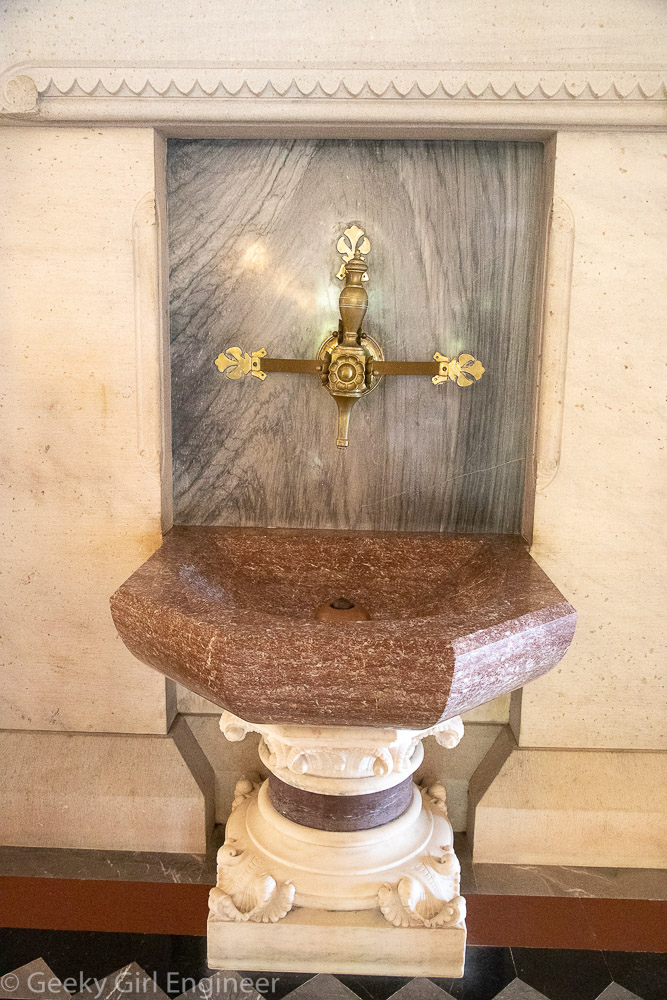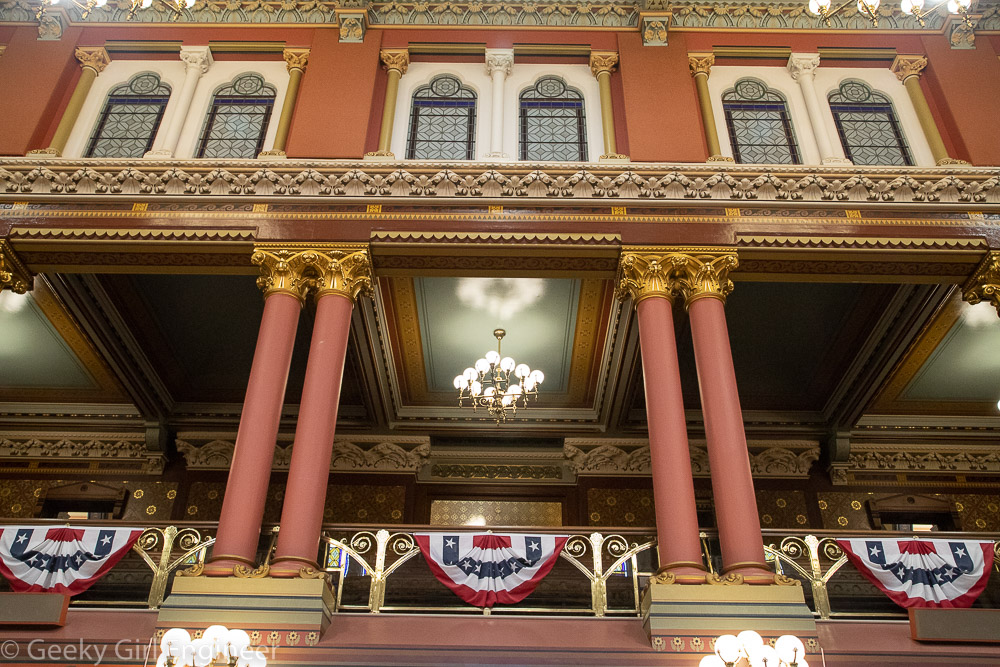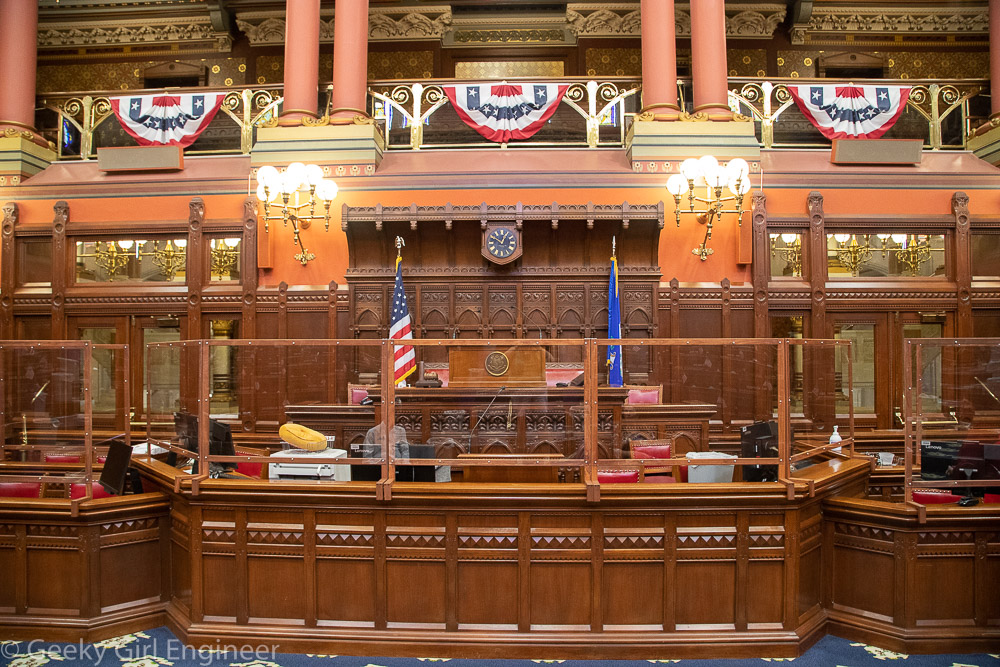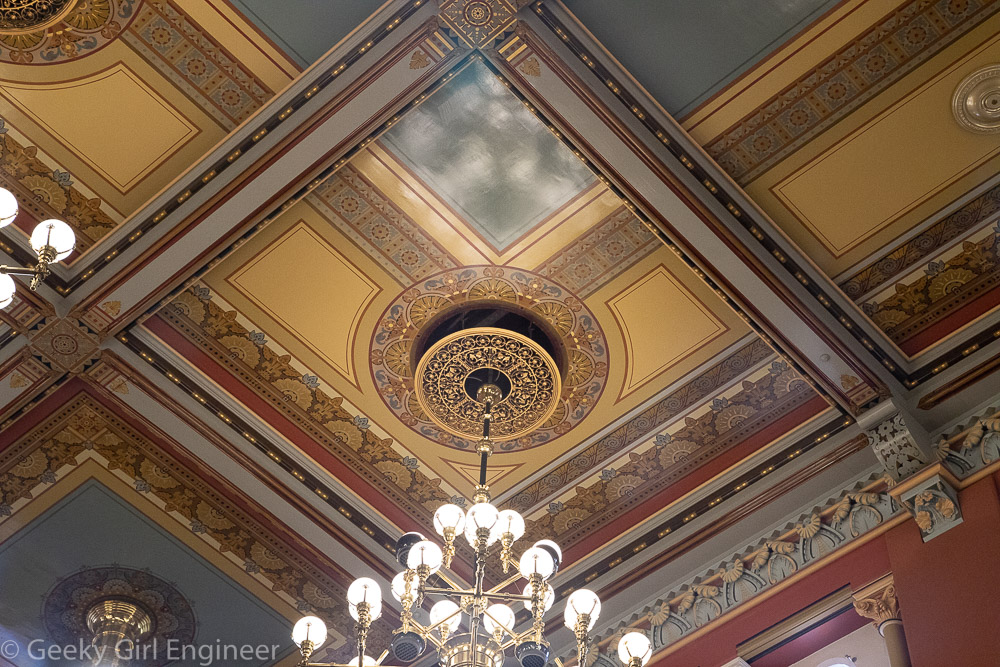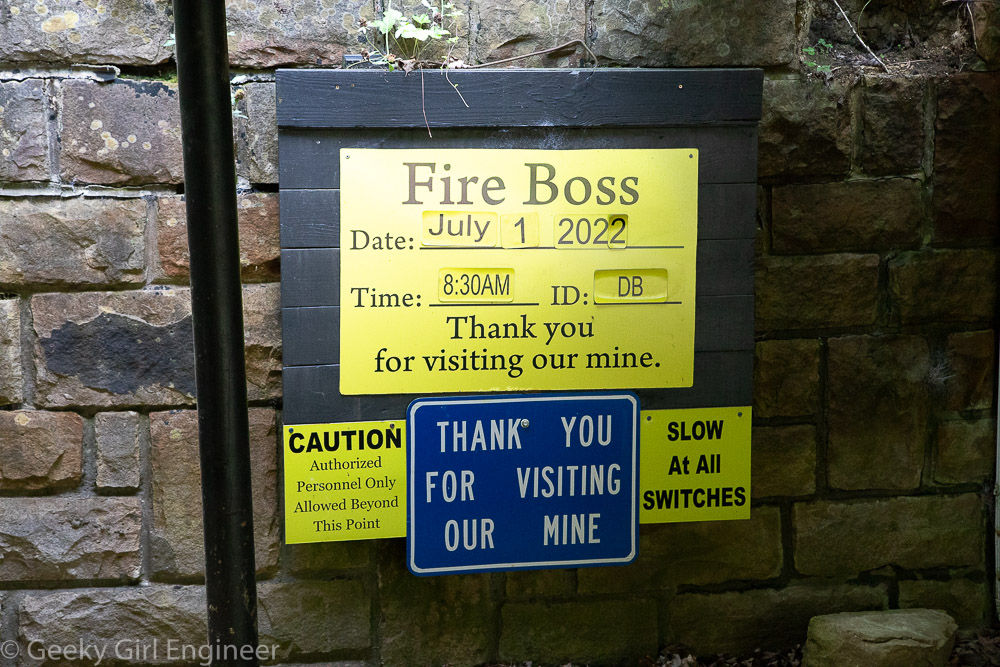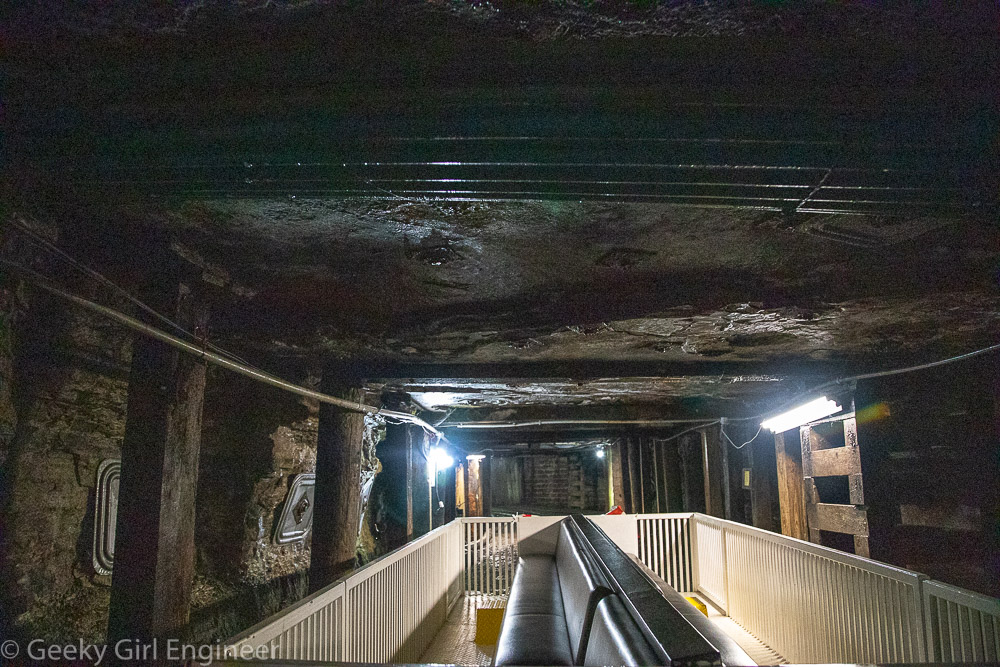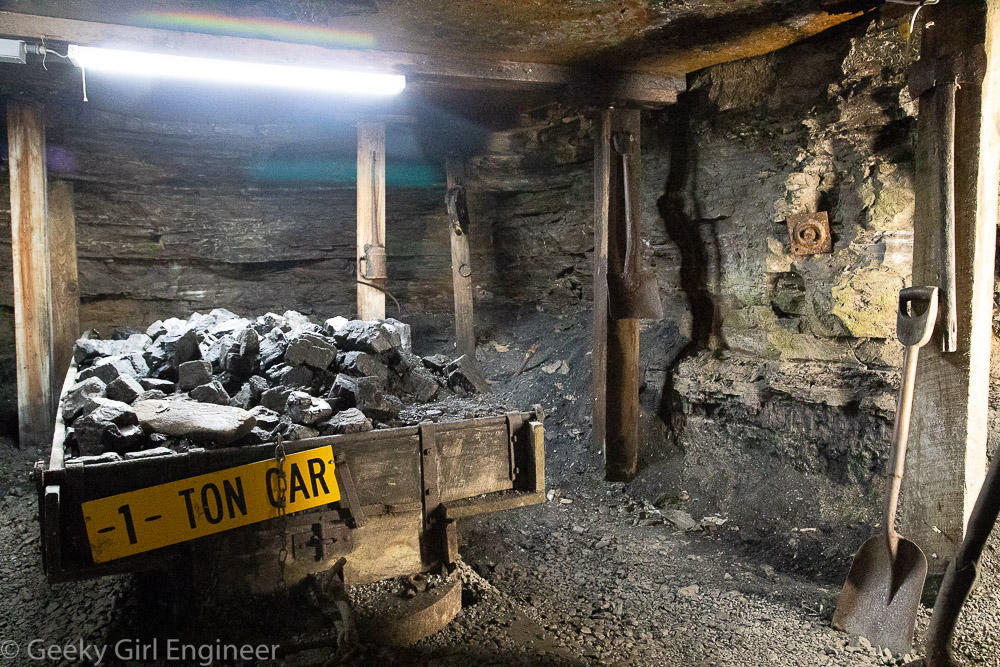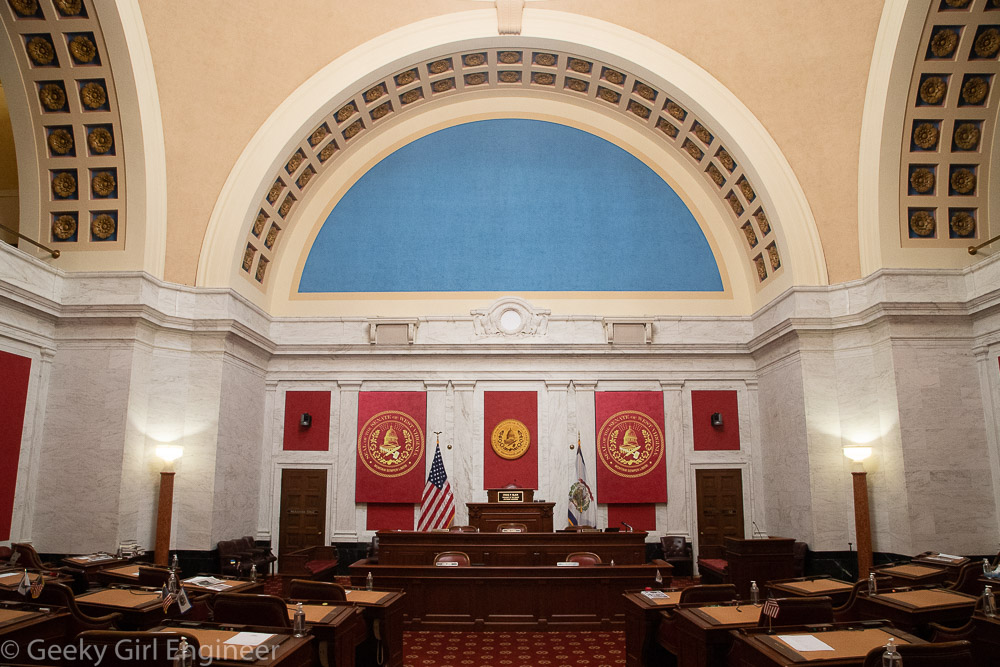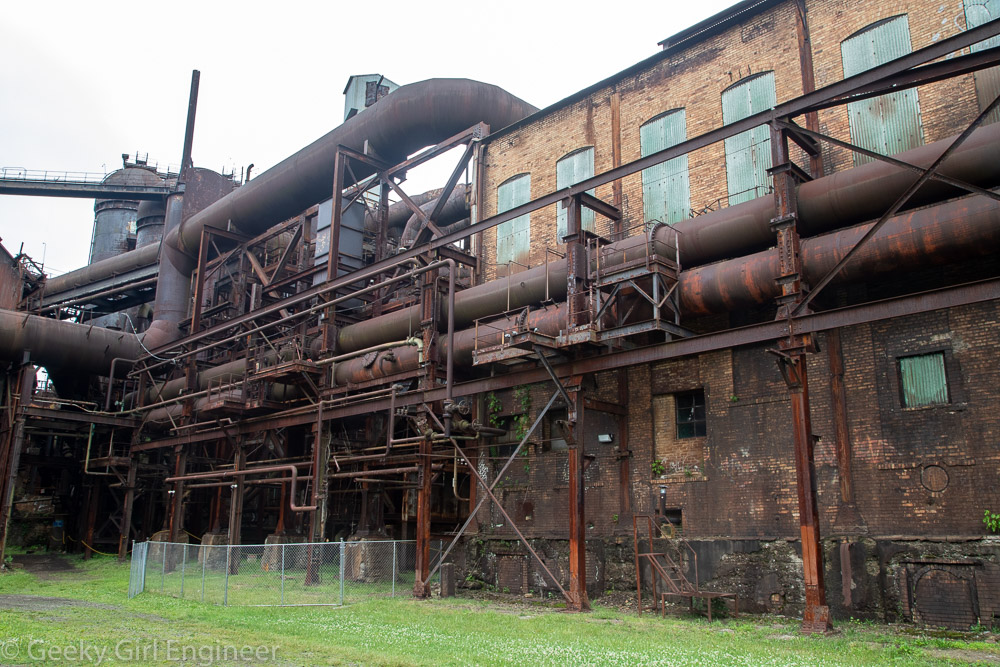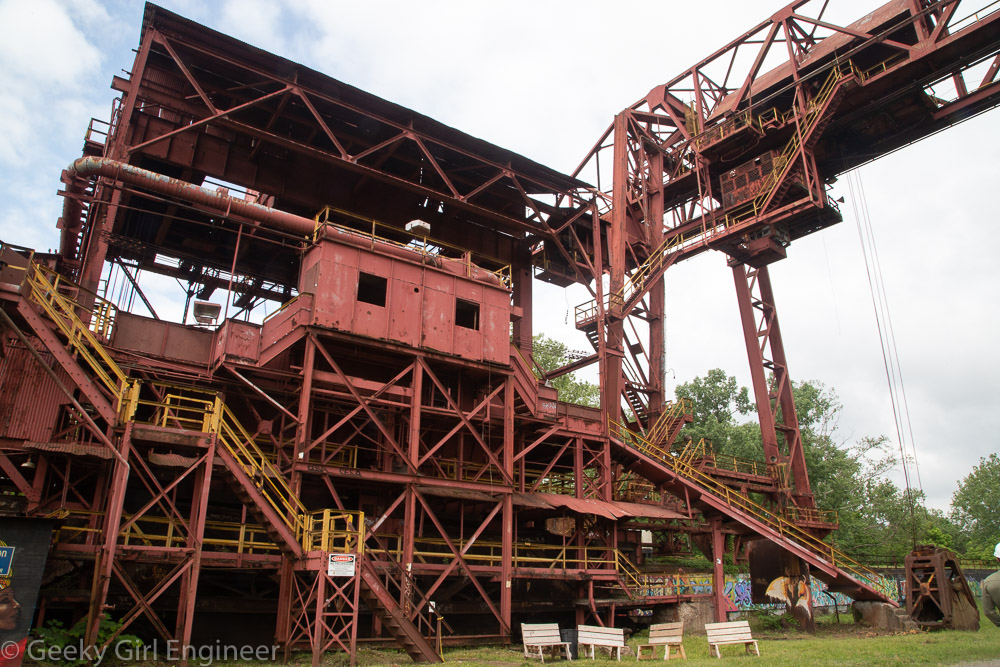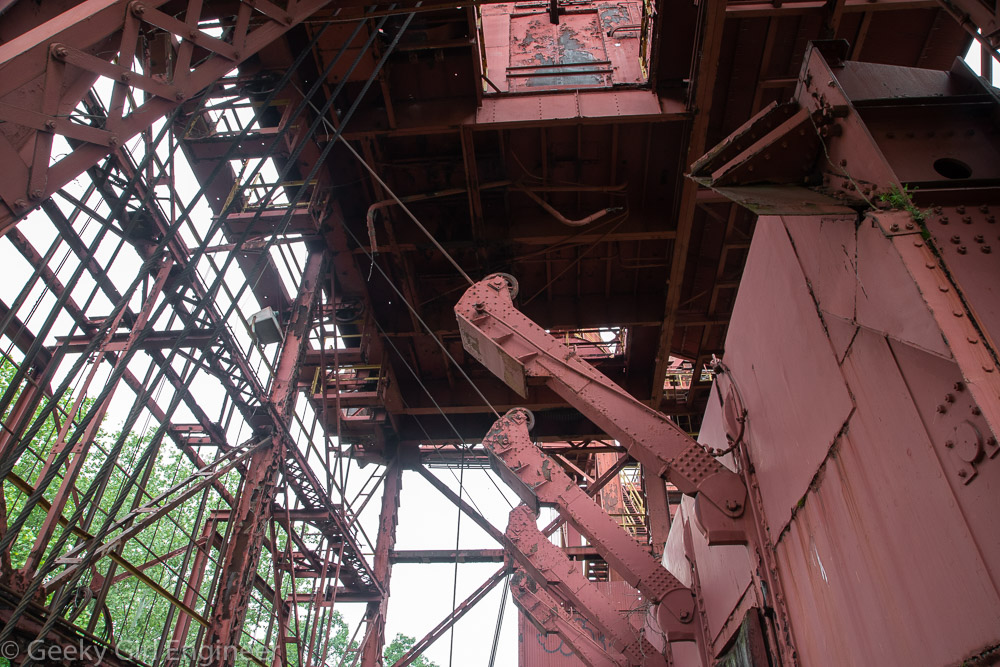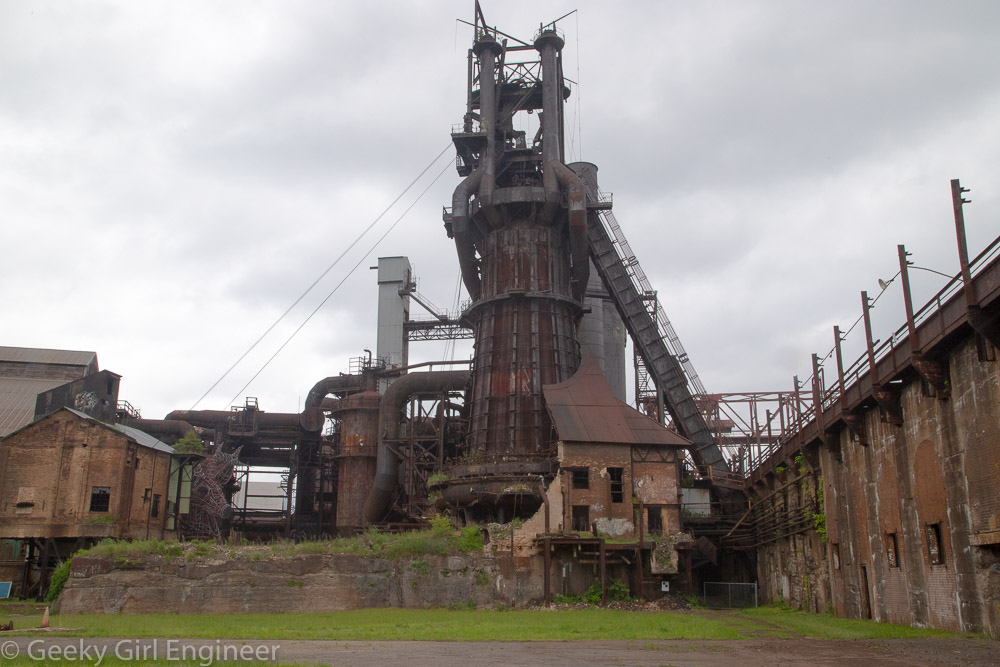Yet again, I have traveled quite a distance to be confronted with a state capitol where part of the building is off limits, and no one bothered to post that on the website. I am in Chicago for the weekend, so I decided to take the train to Springfield for the day (3 hours each way). Once I got to the capitol, I saw that half of it appeared to be under renovation. Upon entering, it was confirmed that the entire Senate side is under renovation and off limits. This was not a surprise renovation. It has clearly been ongoing for a while. Did they post this on their website? No. I do understand that many people would not care if they can only see half the building. I am not one of those people. So as with Connecticut, I will have to come back here in several years, once I can confirm the renovation is over.
With that gripe being said, the building itself is gorgeous. It is really ornate. In many of the capitols I have seen thus far, there is a lot of symbolism in the ornateness. Either there is not in this one, or the guide did not mention it. Symbolism or not, it is beautiful. The building interior is covered with lots of different stone, mainly marble, in many different colors. The dome is spectacular. The House chambers has lots of dark wood with crystal chandeliers. As is my habit, I asked how the light bulbs were changed. A pulley system is used. Finally one detail I noted is that the exit signs have a fancy font. I found that slightly amusing and a nice touch. With a building this ornate, no plain font with do, even for the exit signs.

